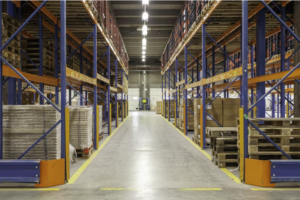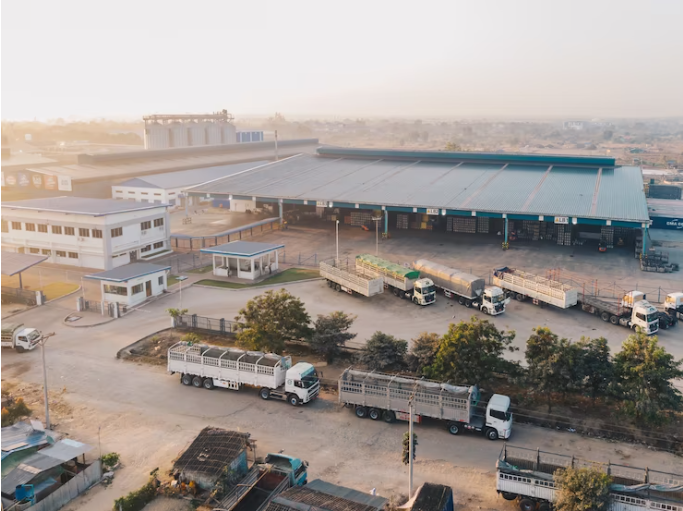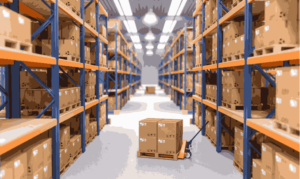The Top three agenda points for the new government from this perspective are presented below:
GST
The Goods & Services Tax is a long pending reform awaited by the industry. Though a part of the election manifestoes of both the major political parties of India (viz. Congress & BJP), the GST implementation has always been mired in conflict and controversies. The manner of GST implementation is also a subject of much acrimony and debate. GST would work best as a single uniform tax across the entire country. So far, India seems to have opted for the Dual GST Model, and critics of the same argue that CGST and SGST would be nothing but new fanciful names for what already goes by the name of CST and VAT.
From the industry’s perspective a single window for tax, a uniform tax structure across the entire country, and the Central Government’s internal mechanisms to route the fair share of collected taxes to respective states would work best. Given the federal nature of our political system, this would require a consensus amongst the various State Governments (of various political hues) and the Central Government. No wonder then that GST hasn’t still seen light of the day! In the absence of a uniform tax structure across the country, the supply chain is designed sub-optimally. The supply chain is fashioned in a way to create a minimum tax burden. This has largely prevented us from achieving economies of scale in warehousing and thereby optimizing the distribution costs. Personally for me, this would be one of the single biggest tests for the new Government. . If this happens, we can already hear our economy sputtering back to life.
Warehouse & Storage Facility Modernization
The Warehousing Infrastructure in the country is split across government run, small scale private depots and professionally run enterprise warehouses. Of these, the largest lot is that of the government run and small scale private depots.
See the overall distribution table below:
1.Food Corporation of India (FCI),32.05
2. Central Warehousing Corporation (CWC),10.07
3.State Warehousing Corporations (SWCs),21.29
4. State Civil Supplies,11.3
5. Cooperative Sector,15.07
6. Private Sector,18.97

Barring the few professionally run enterprise warehouses, a majority of the above need massive overhauling of their infrastructure. Warehouses in India are typically characterized by dilapidated sheds, poor illumination, unhygienic & unsafe work environment, lack of sanitary washrooms, minimal access to modern Material Handling Equipment (MHEs) like Forklifts, Trolleys, Stackers, etc. Not surprisingly then, warehouse management is a highly unattractive career choice for industry professionals. Scientific management of inventory therefore remains a far cry leading to a colossal waste countrywide. The situation is further compounded by the fact that we have an acute shortage of covered storage in the country. It is estimated that another 35 Million MTs additional warehousing capacity needs to be created in the country in the next 5 – 10 years. Private partnership though solicited by government, has met with mixed response so far – primarily government tariffs are not seen as viable by major players.
Under the stewardship of Mr. Atal Behari Vajpayee, the last NDA government had undertaken a massive project of creating the next generation highway network. “The Golden Quadrilateral” has unimaginably transformed the logistics landscape of the country. A similar exercise in upgrading the country’s Warehouse infrastructure is a most pressing need now. Faced with runaway price rise, modern warehousing is actually the silver bullet to solving the inflation conundrum.
Timetable for Dematerialization of NWRs
Negotiable Warehouse Receipts (NWRs) were introduced in India in October 2010 as a primary means of commodity trade as well as to facilitate loans against the same through banks. Presently NWRs can be either paper based receipts or electronic receipts. Paper receipts are obviously fraught with many risks. Lack of transparency and visibility, burgeoning paperwork, time lag in reflecting transactions across systems etc., leave a number of loopholes in the system.
The recent failure of NSEL is a case in point. Gullible investors under the assumption of NWRs being backed by adequate inventory in authorized warehouses found to their disadvantage that much of such inventories were actually fictitious. Failures such as these are systemic in nature and as such tend to destroy the overall investor confidence. While introduction of NWRs is itself a major reformist measure, it must be backed by proper systems to manage the scale of operations associated with it. Paper Receipts must be on their way out. Warehouses authorized to issue NWRs, must have a clear outer date by which they need to migrate to computerized Warehouse Management System with electronic NWRs being interfaced with Commodity Exchange Systems. Audit mechanisms can be sufficiently strengthened with the access to accurate data, further reducing the risk of malpractices. Sceptics may argue that many of these warehouses are in far flung remote areas with poor access to Network & Systems, but the remoteness of such stock makes it all the more compelling to ensure such a monitoring system exists. The public sector banks have embraced computerization quite successfully across the entire rural landscape of the country. There is no reason why the warehousing industry cannot. The country cannot afford another failure on the lines of NSEL.
These are some of the issues of paramount importance from the point of view of the supply chain industry. The gains to be made in both the short and the long term are enormous and can transform the way business is generally done in India. Implementing these proposed changes will not only improve the sentiments of ‘We, The People’, but will also have a cascading effect on how the outside world perceives the Indian Economy.
References
https://nhm.gov.in/images/pdf/publication/Planning_Commission/12th_Five_year_plan-Vol-1.pdf






